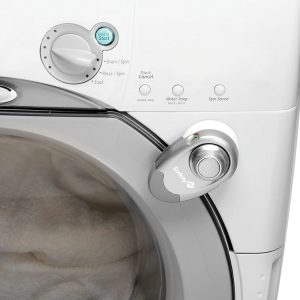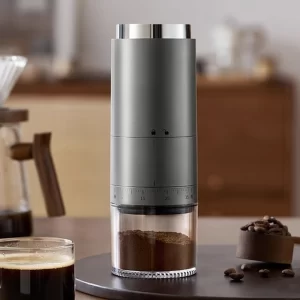Why Is My Washing Machine Leaking?
Introduction:
Experiencing a washing machine leak can be a significant inconvenience, potentially leading to water damage and disrupting your daily routine. Understanding the common causes and how to address them can help you quickly resolve the issue and prevent future leaks. This comprehensive guide delves into the various reasons behind a washing machine leak, how to diagnose the problem, and the steps to fix it effectively.
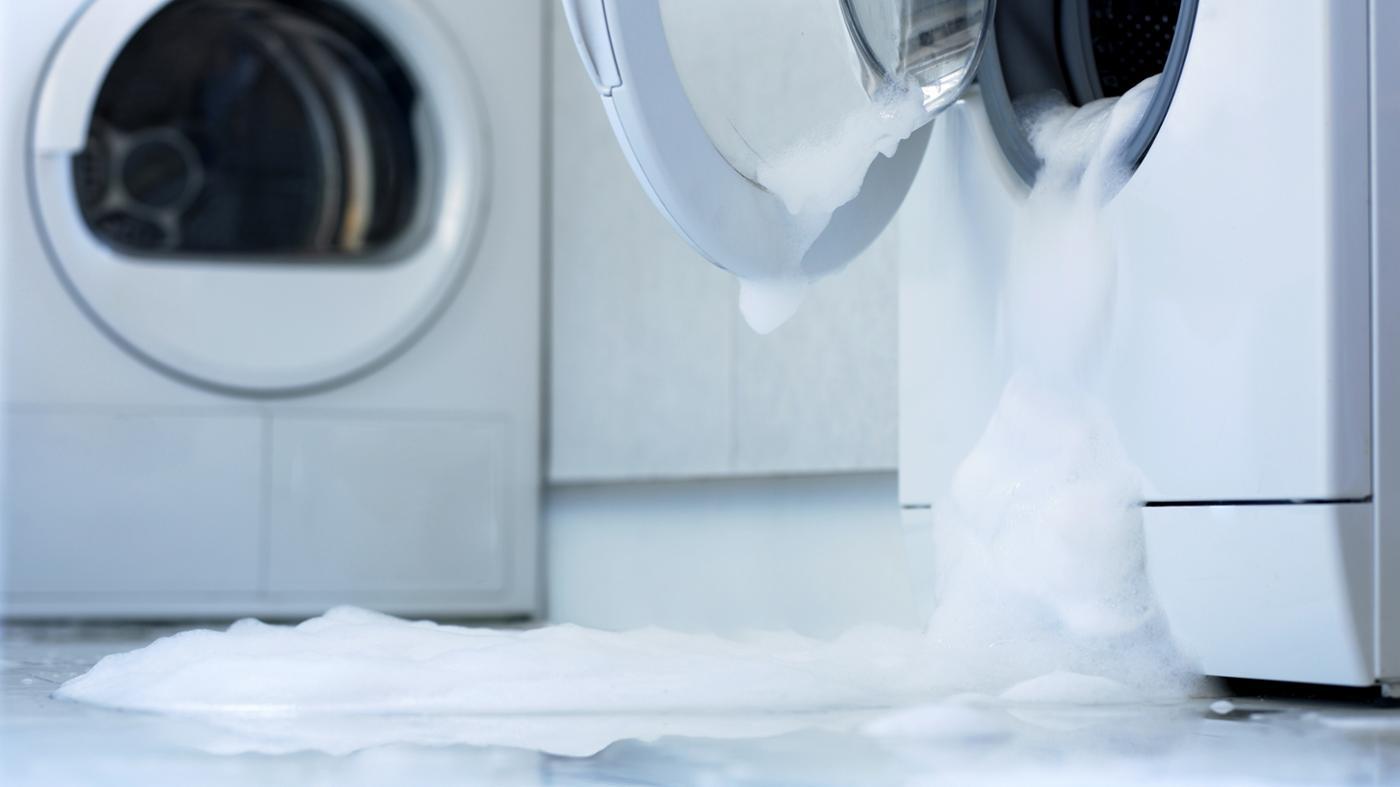
Why Is My Washing Machine Leaking?
Identifying the Source of the Leak
The first step in resolving a washing machine leak is identifying its source. This process involves inspecting various parts of the machine to determine where the water is coming from.
Front of the Machine: If water is leaking from the front of a front-loading washing machine, the issue might be related to the door seal or door latch. For top-loading machines, inspect the area around the lid.
Back of the Machine: Leaks at the back of the washing machine often indicate problems with the water supply hoses, drain hose, or connections to the water inlet valve.
Bottom of the Machine: Leaks from the bottom usually point to issues with the internal components of the washing machine, such as the pump, hoses, or tub.
Underneath the Machine: Inspecting under the washing machine can reveal if the leak is from the tub, seals, or internal hoses. Look for signs of corrosion, damage, or loose fittings.
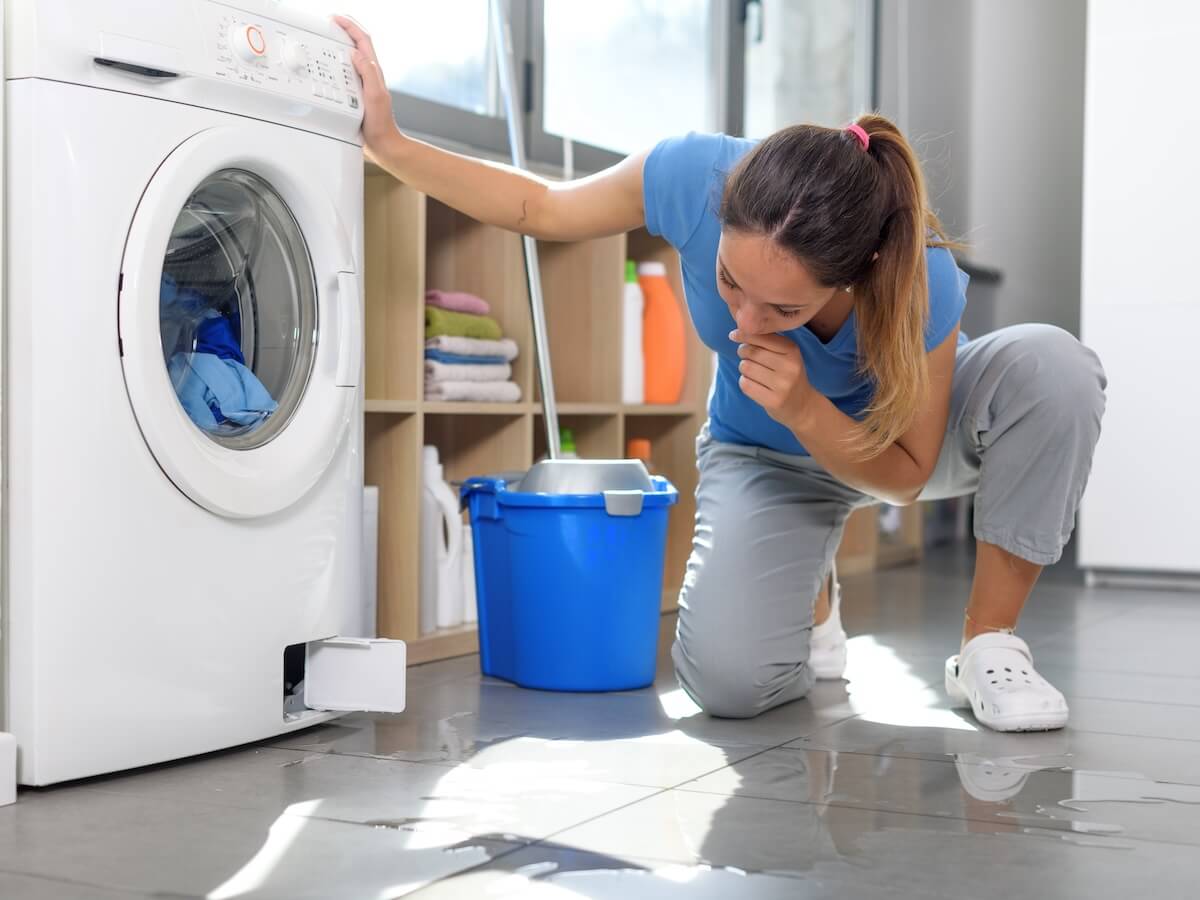
Common Causes of Washing Machine Leaks
Several common causes can lead to washing machine leaks. Identifying these causes helps in diagnosing and fixing the problem effectively.
Damaged Door Seal: For front-loading machines, a damaged or worn door seal (gasket) is a frequent cause of leaks. The gasket provides a watertight seal around the door, and any damage can lead to water escaping.
Clogged or Loose Drain Hose: A clogged or loose drain hose can cause water to back up and leak. Ensure the drain hose is securely connected and free of blockages.
Faulty Water Inlet Valve: The water inlet valve controls the flow of water into the washing machine. A faulty or leaking valve can allow water to escape, causing leaks at the back of the machine.
Damaged or Disconnected Hoses: Internal hoses, such as the ones connecting the water pump and the tub, can become damaged or disconnected over time, leading to leaks.
Faulty Pump: The pump is responsible for draining water out of the washing machine. A malfunctioning pump can lead to leaks from the bottom of the machine.
Overloading: Overloading the washing machine can cause excessive strain on components, leading to leaks. It can also prevent proper spinning and draining, contributing to water escaping from the machine.
Machine Imbalance: An unbalanced washing machine can shift during operation, causing hoses and connections to become loose and leak.
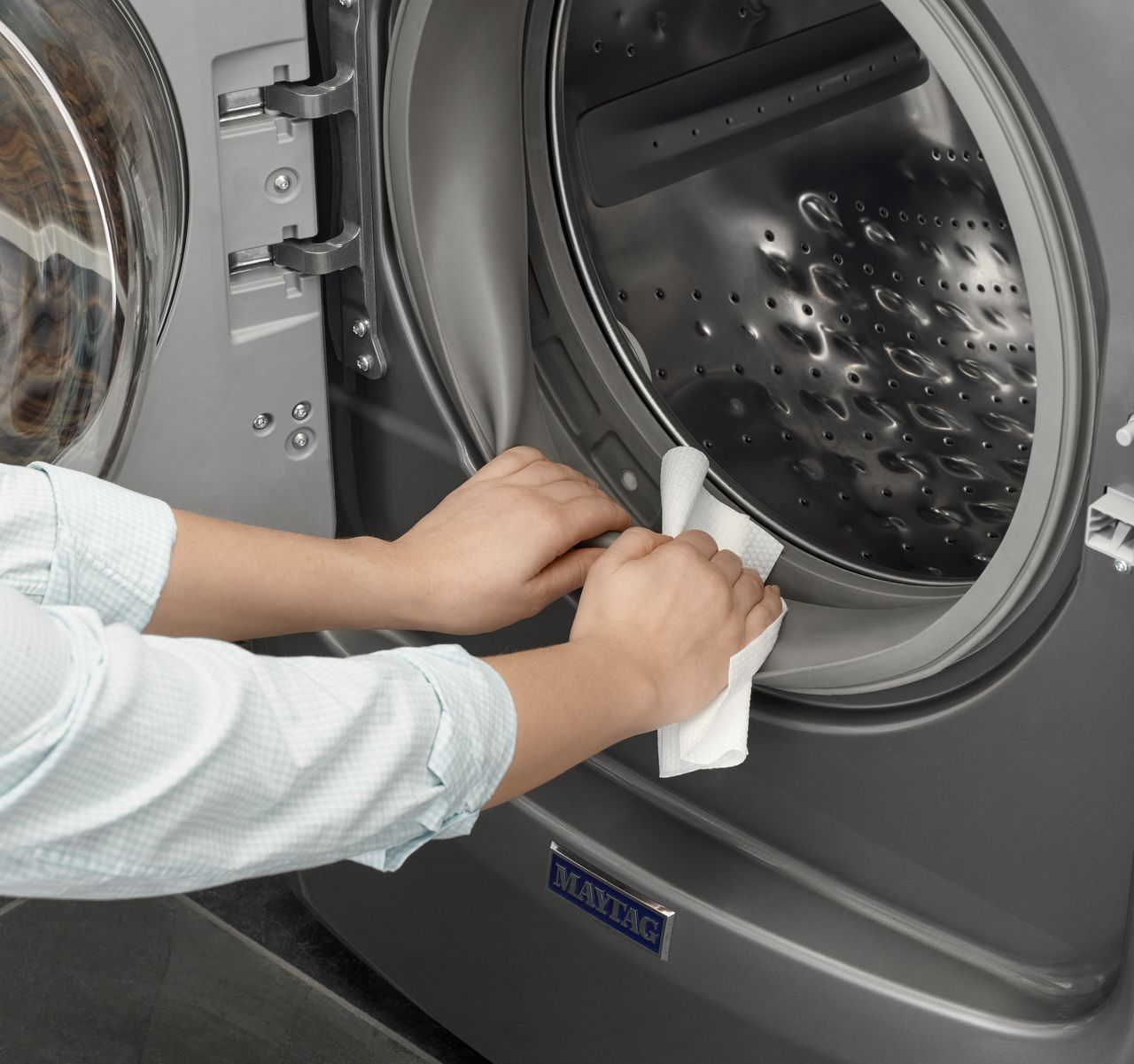
Diagnosing the Problem
Once the potential causes are identified, diagnosing the specific issue involves a systematic inspection of the washing machine.
Inspect the Door Seal: For front-loading machines, check the door seal for signs of wear, tears, or mold. Clean the seal with a damp cloth and mild detergent. If the seal is damaged, it may need replacement.
Check Hoses and Connections: Inspect the water supply hoses, drain hose, and internal hoses for any signs of damage, wear, or loose connections. Tighten any loose fittings and replace damaged hoses.
Examine the Water Inlet Valve: Access the water inlet valve by removing the back panel of the washing machine. Look for any cracks or signs of leakage around the valve. Use a multimeter to test the valve for electrical continuity if necessary.
Inspect the Pump: Access the pump by removing the front or back panel of the washing machine, depending on the model. Check for any signs of damage or leakage around the pump. Test the pump for proper operation.
Check for Overloading and Imbalance: Ensure you are not overloading the washing machine with too many clothes. Check that the washing machine is level and balanced to prevent shifting during operation.
Steps to Fix Washing Machine Leaks
After diagnosing the problem, the next step is to perform the necessary repairs. Follow these steps to fix common washing machine leaks.
Replace the Door Seal: If the door seal is damaged, order a replacement seal specific to your washing machine model. Remove the old seal by loosening the retaining clips or screws. Install the new seal, ensuring it fits securely and forms an airtight seal.
Secure or Replace Hoses: Tighten any loose hose connections and replace hoses that show signs of wear or damage. Ensure the drain hose is properly installed and free of blockages.
Fix or Replace the Water Inlet Valve: If the water inlet valve is faulty, order a replacement valve. Disconnect the power and water supply before removing the back panel. Replace the valve, ensuring all connections are secure.
Repair or Replace the Pump: If the pump is malfunctioning, it may need to be repaired or replaced. Access the pump by removing the necessary panels. Disconnect and inspect the pump, replacing it if necessary.
Avoid Overloading: Adhere to the manufacturer’s recommended load size for your washing machine. Avoid overloading, which places excessive strain on components and leads to leaks.
Balance the Machine: Ensure the washing machine is level by adjusting the feet. Use a spirit level to verify that the machine is balanced, reducing the risk of leaks due to shifting.
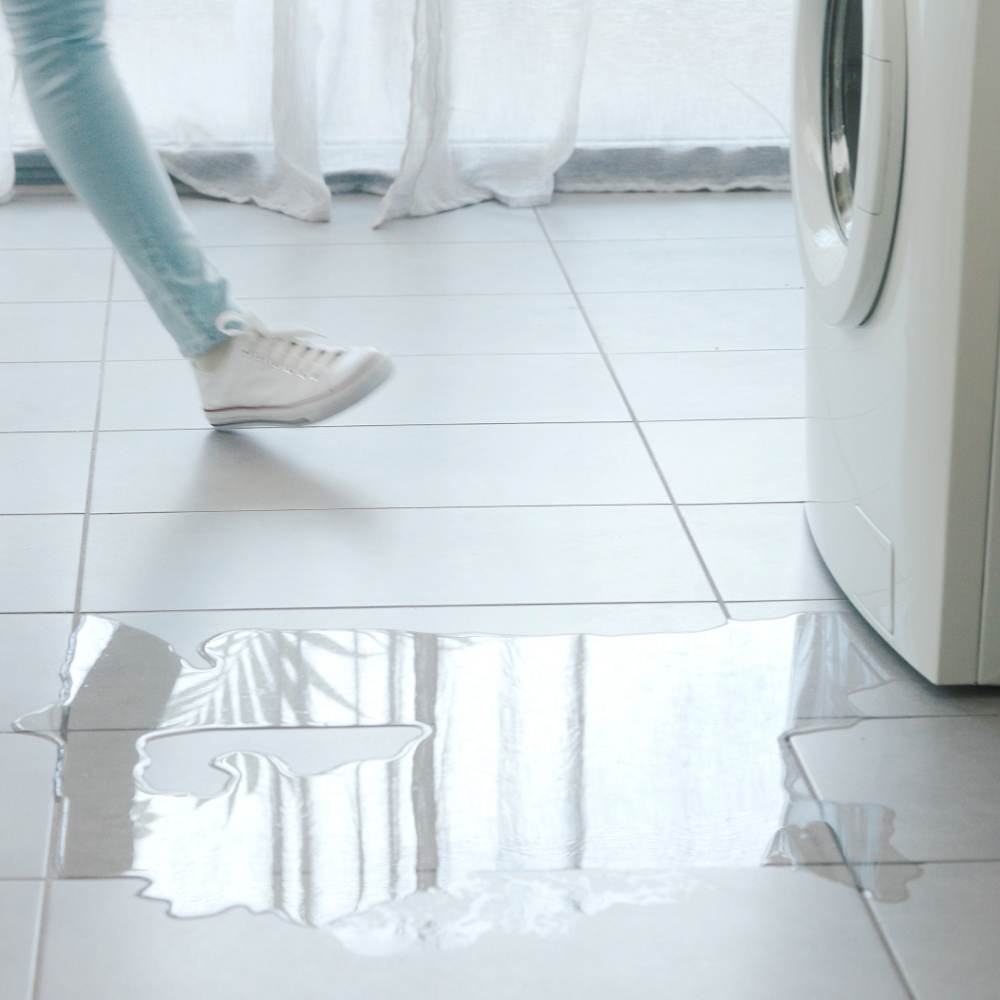
Preventive Measures to Avoid Future Leaks
Implementing preventive measures can help avoid future washing machine leaks, ensuring the appliance operates efficiently.
Regular Maintenance: Perform routine maintenance checks, such as cleaning the door seal and filters, to prevent buildup and wear. Inspect hoses and connections periodically for signs of wear or damage.
Use the Right Detergent: Use only high-efficiency (HE) detergent for front-loading washing machines. Excessive suds from non-HE detergents can lead to leaks and build-up.
Balance Loads: Distribute clothes evenly in the washing machine to maintain balance. Avoid overloading or underloading the machine to ensure proper operation.
Check Water Pressure: Ensure your home’s water pressure is not too high, as excessive pressure can strain hoses and connections. Consider installing a pressure regulator if necessary.
Monitor for Early Signs: Be vigilant for any early signs of leakage, unusual noises, or operational issues. Addressing problems early prevents more significant issues and costly repairs.
Understanding When to Call a Professional
While many washing machine leaks can be fixed with DIY methods, some issues may require professional help.
Complex Repairs: For complex issues such as internal electrical problems, significant pump malfunctions, or advanced plumbing issues, consult a professional technician.
Warranty and Safety: If your washing machine is under warranty, contact the manufacturer for authorized repairs to avoid voiding the warranty. Also, if you’re unsure of performing repairs safely, seek professional assistance.
Preventing Water Damage
Taking precautions to prevent water damage is crucial, especially if the washing machine is situated in an area prone to damage.
Install a Pan: Place a drain pan under the washing machine to catch any leaks. Some pans have built-in drainage options to direct water away from the area.
Use Leak Detectors: Install water leak detectors that alert you to leaks before they cause significant damage. Smart detectors can send notifications to your phone, providing early warnings.
Shutoff Valves: Consider installing automatic shutoff valves on the water supply lines to the washing machine. These valves automatically close when a leak is detected, preventing water damage.
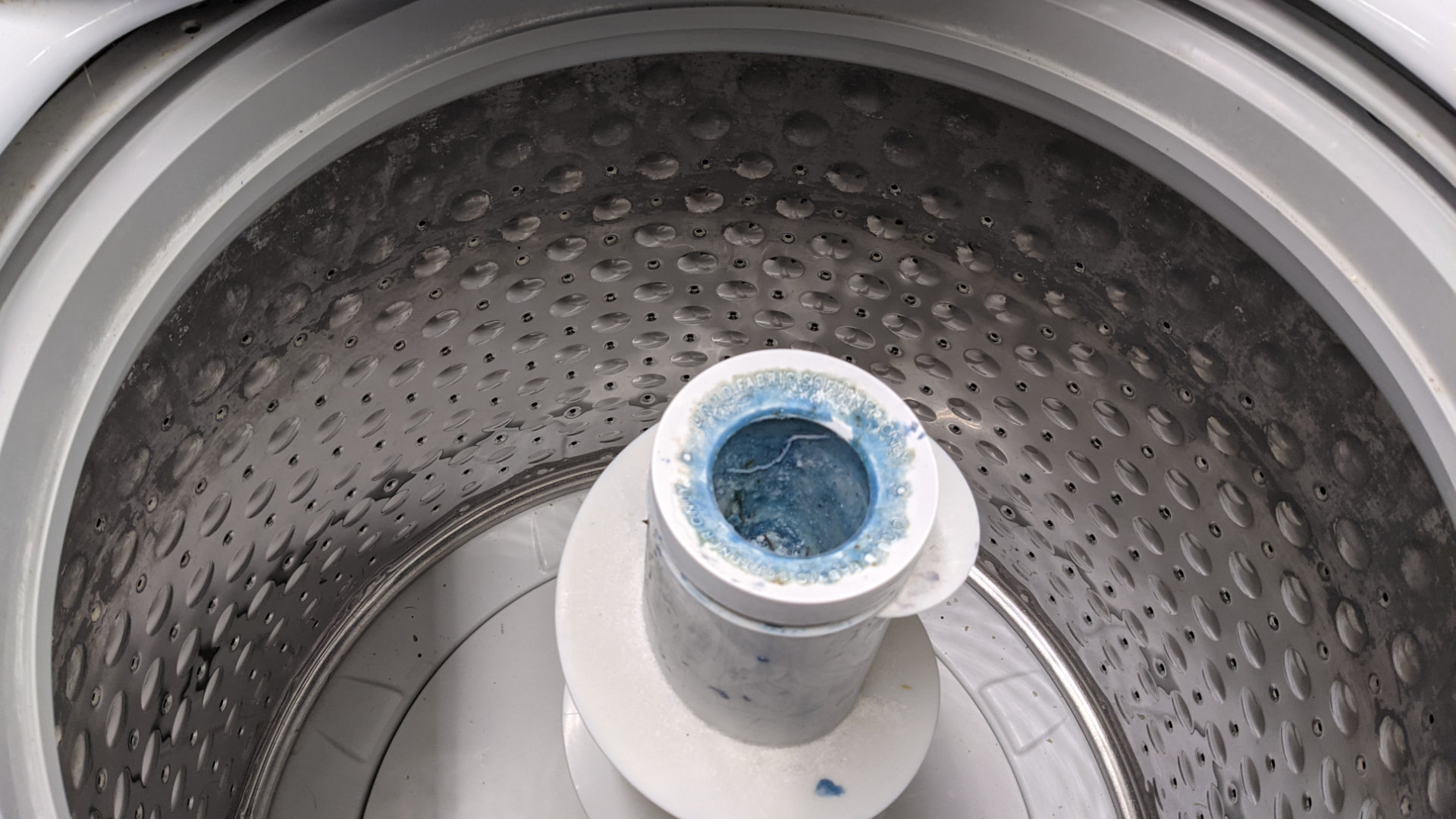
Understanding the Importance of Regular Inspections
Regular inspections and maintenance tasks help maintain the efficiency and longevity of your washing machine, preventing leaks and costly repairs.
Monthly Checks: Perform monthly checks of hoses, connections, and the door seal. Clean filters and remove any debris buildup to maintain smooth operation.
Annual Maintenance: Schedule annual maintenance with a professional technician to ensure all components are in good condition and to address any potential issues before they lead to leaks.
Environmental Considerations and Water Conservation
Addressing washing machine leaks contributes to water conservation and environmental responsibility.
Fix Leaks Promptly: Promptly fixing leaks prevents unnecessary water wastage and reduces utility bills. It also contributes to conserving a precious resource.
Water-Saving Tips: Use water-saving settings on your washing machine and wash full loads whenever possible. These practices reduce water usage and save on energy bills.
Conclusion
A leaking washing machine not only causes inconvenience but also poses risks of water damage and increased utility bills. By understanding the common causes of leaks, diagnosing the problem accurately, and performing the necessary repairs, you can effectively resolve the issue and prevent future occurrences. Regular maintenance, proper usage, and implementing preventive measures further ensure the longevity and efficiency of your washing machine. For complex issues or warranty concerns, seeking professional help is advisable. This comprehensive guide equips you with the knowledge needed to address washing machine leaks effectively, ensuring a trouble-free laundry experience.
